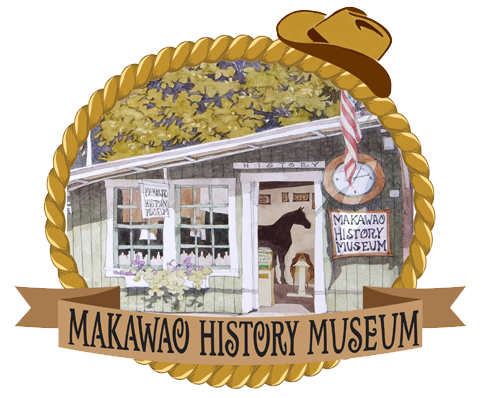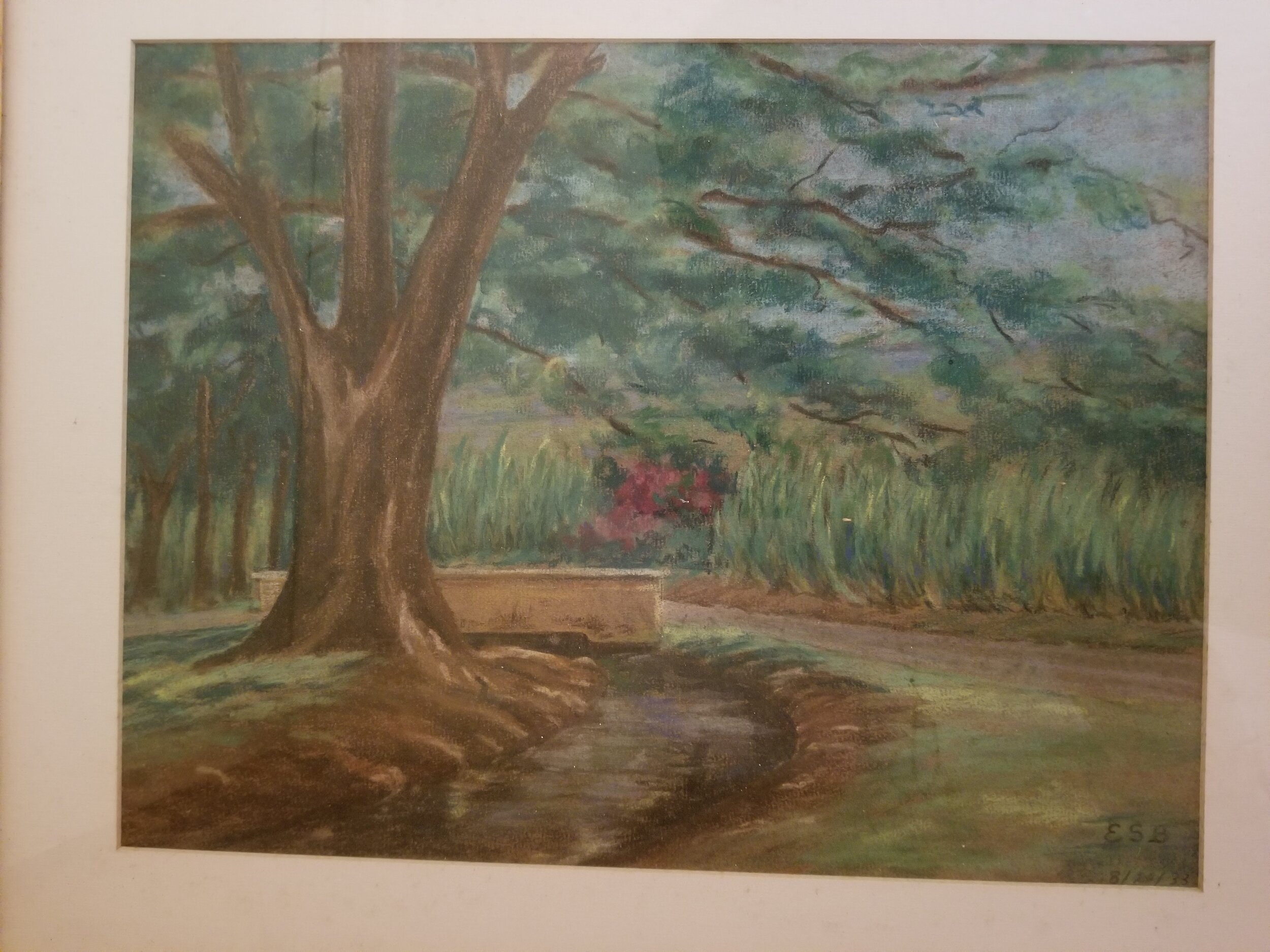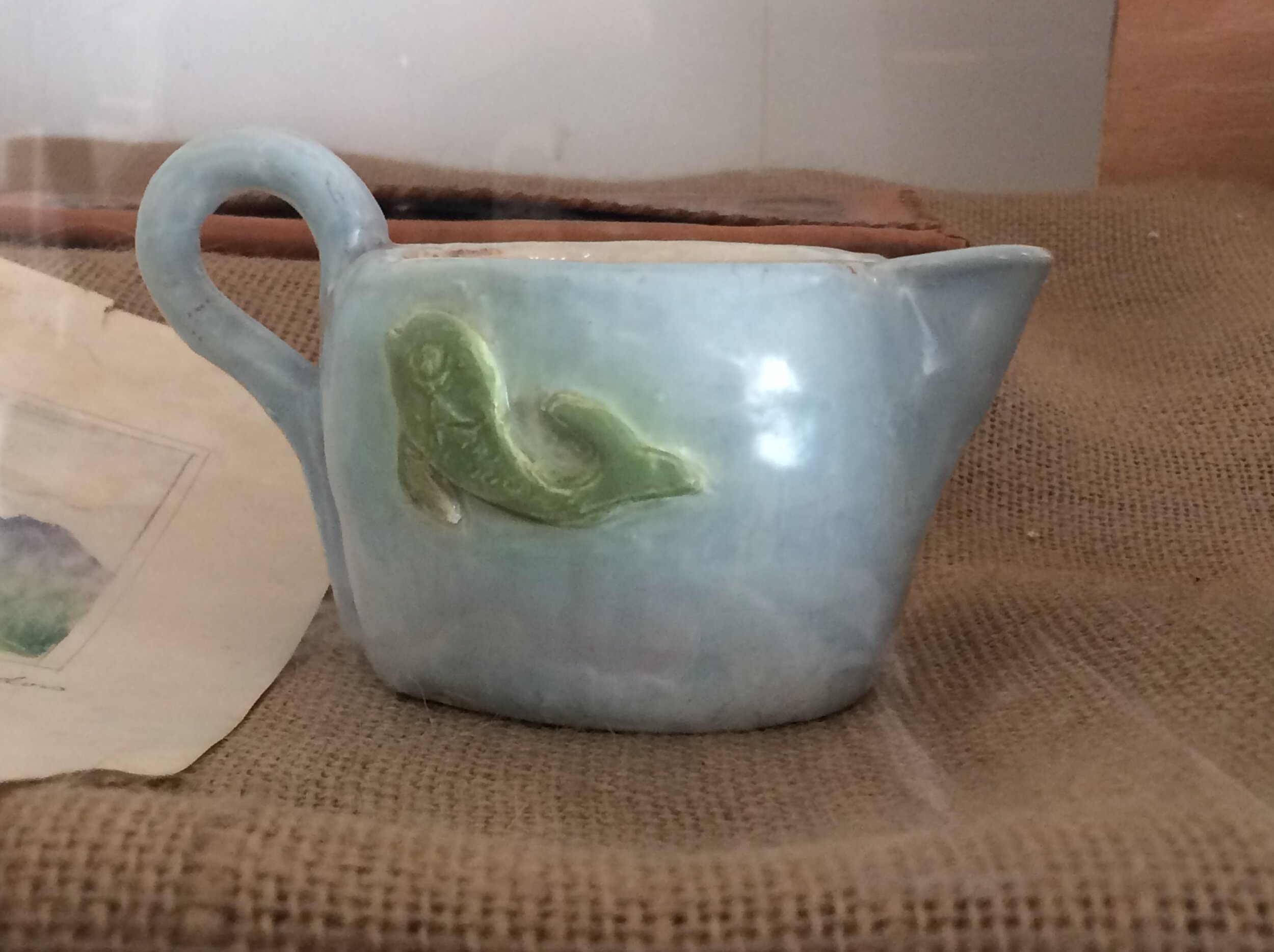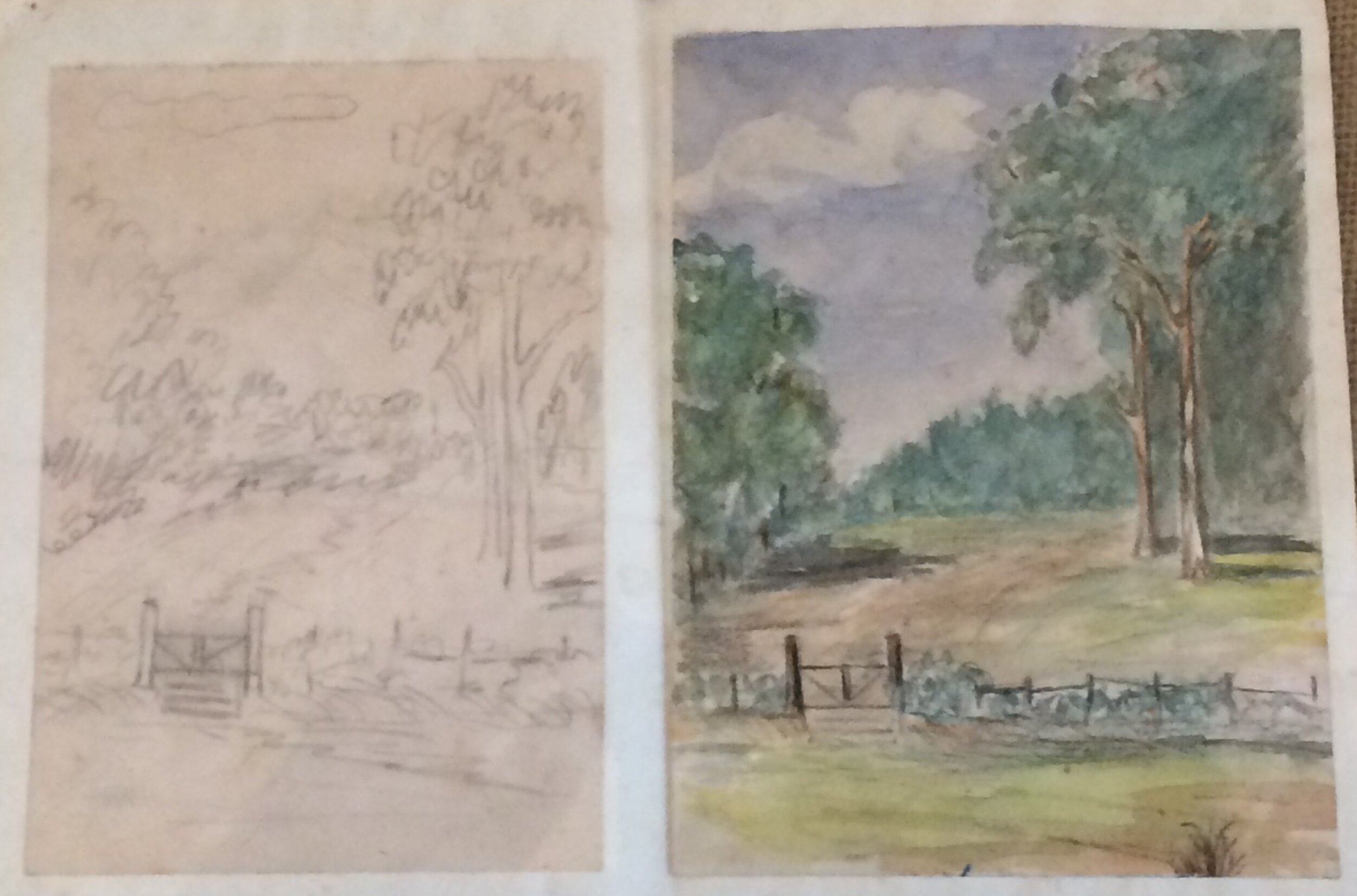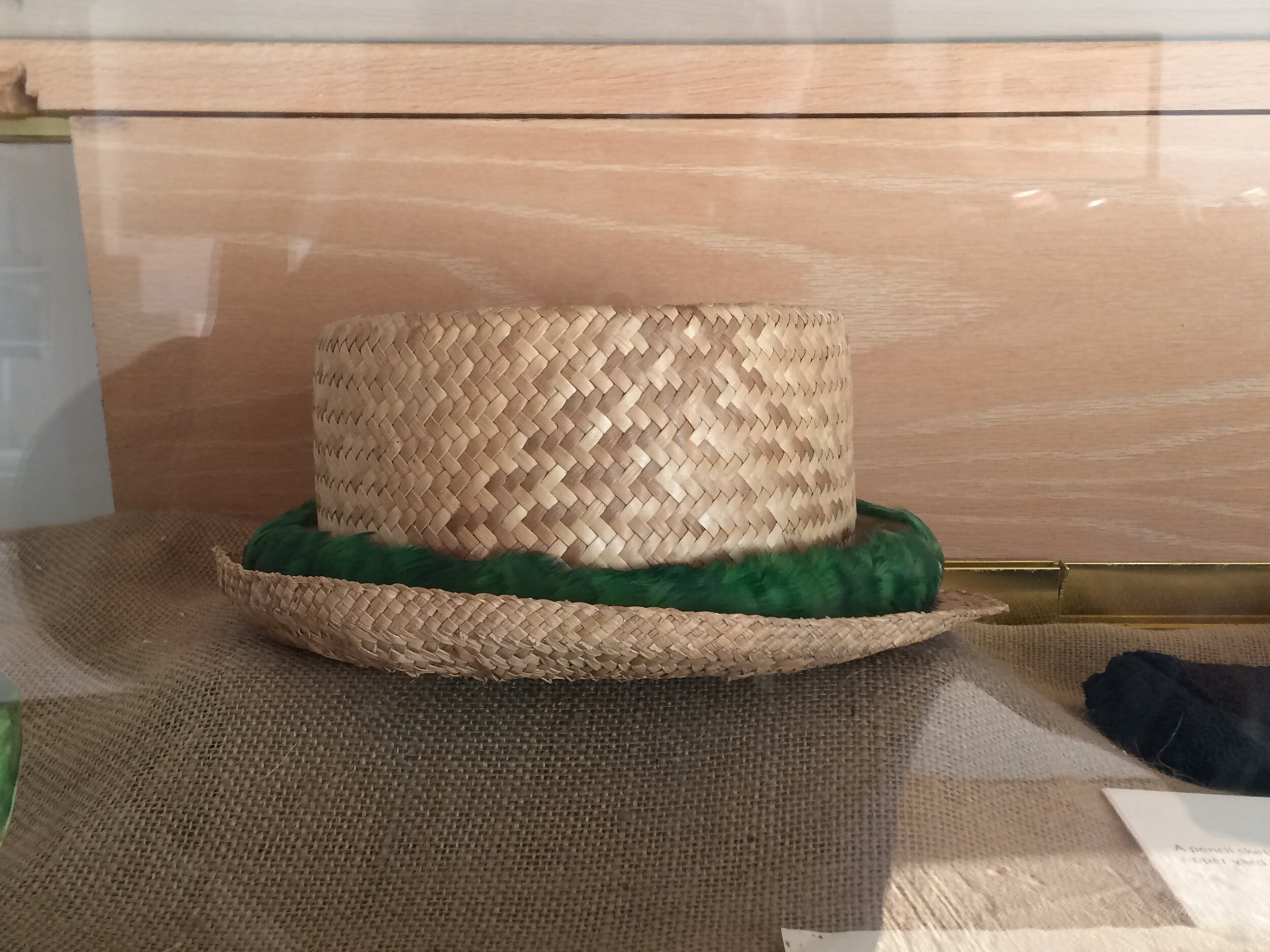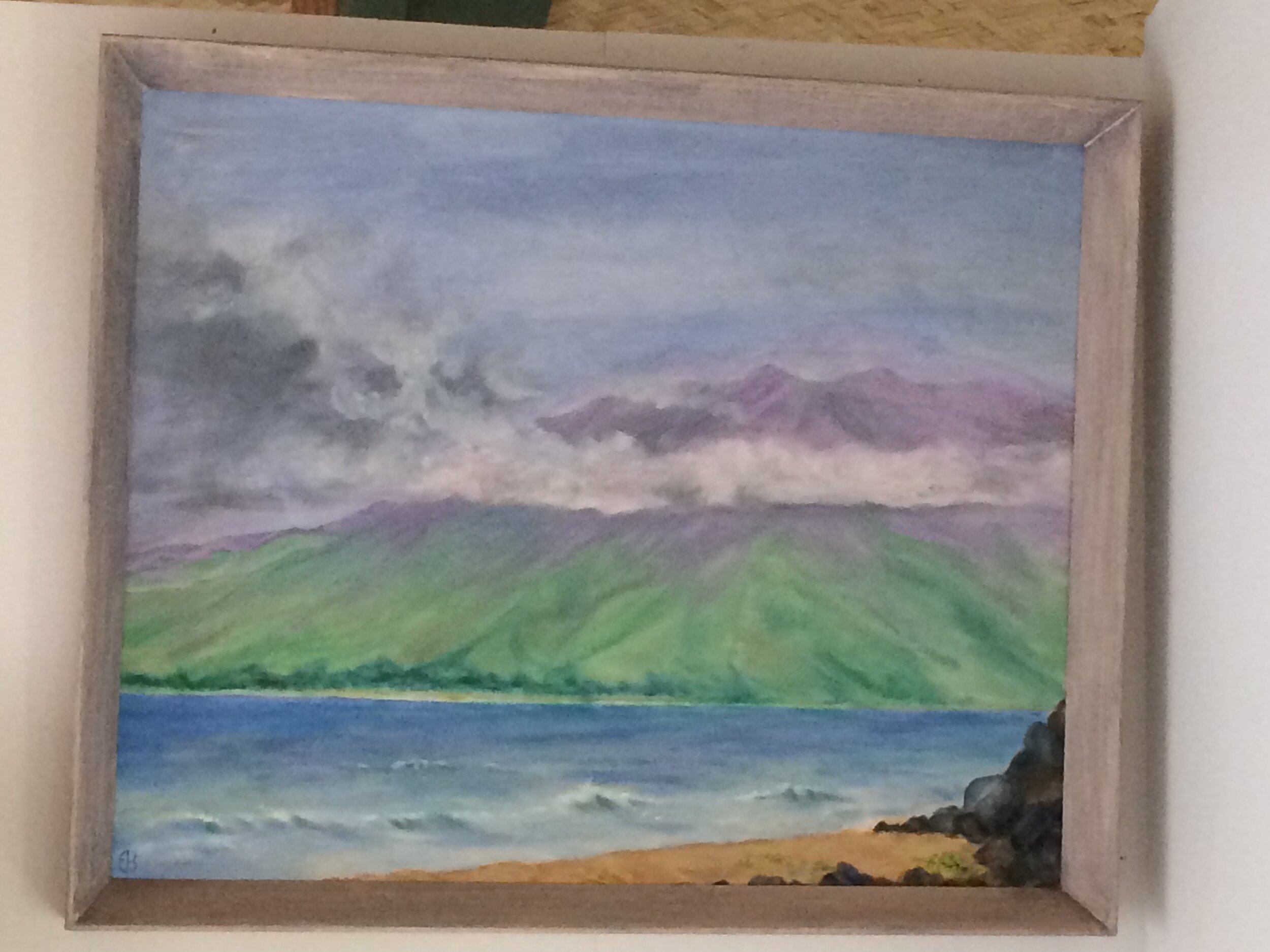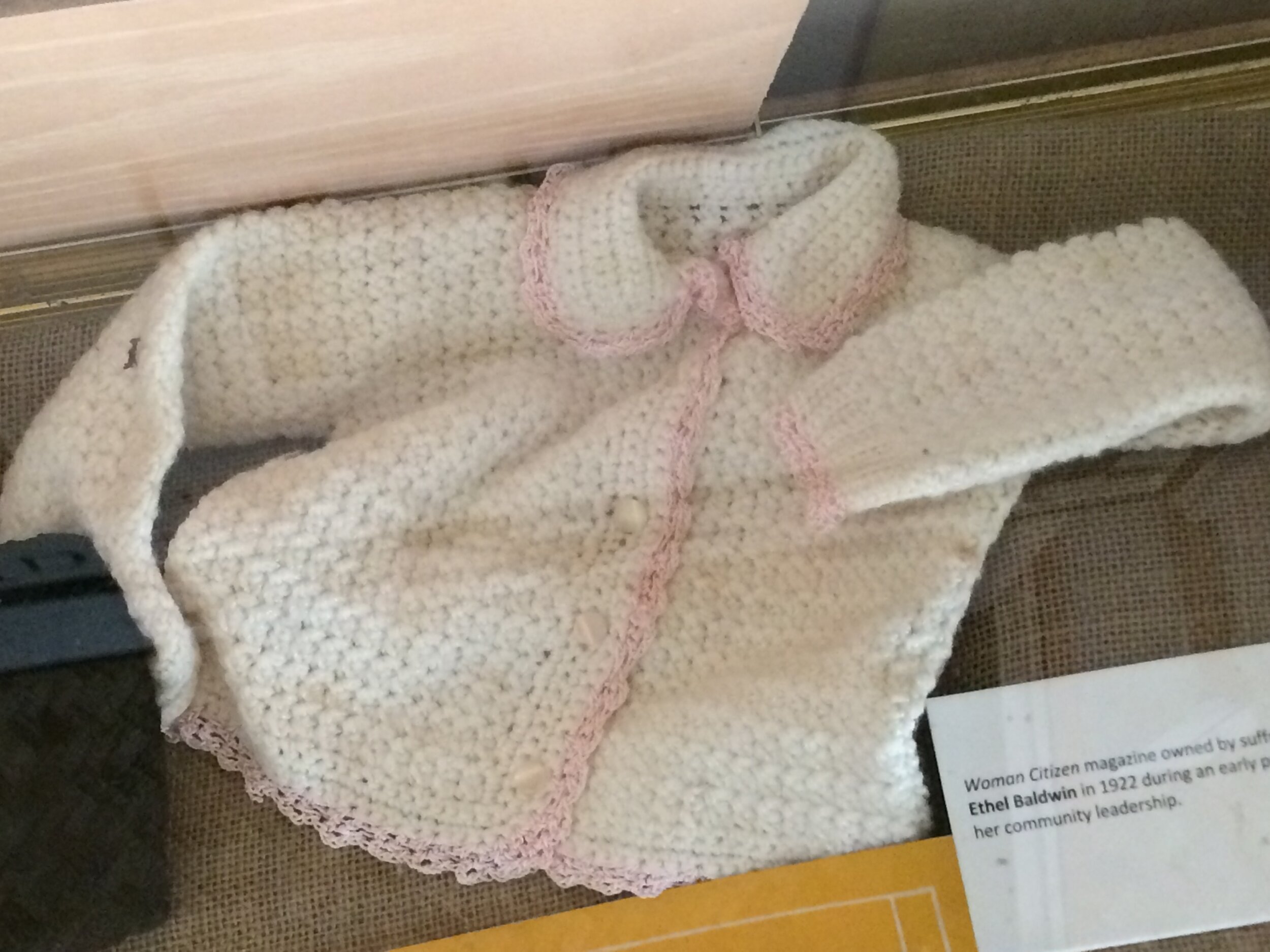Never Idle
The Contributions of Ethel Baldwin 1879-1967
Why do we celebrate Ethel Baldwin? Because her many contribution to our community should be known! She was a powerhouse when it came to doing good for the people, from leading the island’s suffrage fight, running the island’s welfare program, establishing Kula Sanitarium, Rainbow Park and Hui No’eau Visual Arts Center. We in Makawao are proud to claim her, as she is one of Maui’s great ladies. Enjoy learning more about her in this exhibit!
Raised in Honolulu in a prominent family, Ethel Smith Baldwin was the granddaughter of Congregational missionaries who arrived in 1842. In 1897 at the age of seventeen, she married Henry “Harry” Alexander Baldwin, also a grandchild of missionaries. Both families had a strong tradition in leadership and service for human betterment, which both Harry and Ethel followed each in their own way.
Harry and Ethel first established their home in Hamakuapoko and had three children, Leslie (1898), Jared (1899) and Frances (1903). Ethel described those times, “Those were horse and buggy days alright. We went around in buggies, two-wheeled breaks and on horseback.”
“And they were happy days”
And the roads were terrible. A trip from Hamakuapoko to Wailuku was an all-day affair. A trip to Honolulu involved a buggy ride to Wailuku, where a change of horses was required, then off to Lahaina for the boat. Automobiles arrived on Maui in 1904 and the Baldwins owned a Stanley Steamer. There was telephone service but no radio, wireless or movies. Mail came from Honolulu once a week. The community entertained themselves with theatricals, socials and dances, with Ethel’s active participation. Baseball and tennis flourished, with Ethel a keen tennis player.
“Those days women DID stay home more, minding their children, making their clothes and our own, and our husbands shirts, etc.””
Ethel lived at Hamakuapoko for 17 years before they had electricity, using wood stoves and charcoal irons. The water coming out of the ditch was not always clean, and ice was available only from Honolulu once a week. Ethel served as a valuable helpmate to her husband who was the manager of the Maui Agricultural Company. Unfortunately Harry and Ethel lost two of their children; Leslie died at the age of three and Jared at the age of fourteen.
Harry rose in both plantation and political hierarchies, serving in the Territorial senate from 1913-1921. During her husband’s rise, Ethel became a community leader in her own right.
“One might find her writing letters and talking on the telephone at the same time with such ease.”
Whatever Ethel was involved with, she was non-partisan, non-sectarian and non-discriminatory. During World War I she spear-headed a Red Cross Drive to provide social and/or financial assistance to families with members in the service. She pushed for ten years to establish Kula Sanitarium for tubercular patients and made sure care was provided to all ethnic groups and to the poor.
“Never idle, when she put aside her occupations to chat, she picked up a sewing bag to do her needlework.”
Children and the elderly were also a concern of hers, which prompted her successful drive to establish a Board of Child Welfare and Old Age Pensions in each county, which she headed until the Territory established a Public Welfare Department. In 1919, she took a leading part in establishing the Territory’s first Child Welfare Law. Her following twenty years of leadership on the Maui Welfare Commission set a high standard for other counties to follow. Fittingly she served as a Vice-President of the Territorial Conference of Social Workers in 1925.
Ethel strongly supported equality for all. In 1919 she was unanimously elected to lead the women’s suffrage movement on Maui, establishing clubs throughout the island, even Ke’anae, until suffrage was granted nationwide in 1920. She continued her political
“Her manner was never risk, as she always seemed unhurried; capable and sympathetic”
involvement by her leadership in the Women’s International League for Peace and Freedom. In 1922, she had a chance to see national politics firsthand when Harry was elected in a Territory-wide election to complete the deceased Prince Jonah Kuhio Kalaniana’ole’s term as Hawai’i’s only representative in Congress.
In 1922, she was again on Maui ready to take on community projects; she was active in the Maui Humane Society, the Daughters of Hawai’i, the Hawaiian Mission Children’s Society, the Maui Woman’s Club, Makawao Union Church, Maui Girl Scouts, Makawao Ladies’ Aid Society and the Maui Outdoor Circle. Yet Ethel Baldwin never seemed Stressed.
“She loved in deed and truth.”
Ethel Baldwin’s interest in the outdoors prompted her planting of shower trees along Baldwin Avenue. And, in memory of her son Leslie, she established Rainbow Park. Ethel saw beauty in many forms. She was a lifelong musician with a beautiful voice and the ability to play ukulele, piano and guitar. In 1917 she and Harry built Kaluanui in Makawao, known today as Hui Ho’eau Visual Arts Center. They made it a home filled with “light, flowers, happiness and music.”
“She radiated joy and friendliness toward all people” and shared “the arts and beauty so dear to her”
Through out her life she painted in oils, pastels and watercolors, and enjoyed ceramics and metalwork. She also created incredible leather-work and decorative woodburning. This wide-ranging interest in the arts and her remarkable ability to get things done led to an outstanding legacy. She generously donated an art building to the Maui County Fair. And when her daughter Frances had the idea to establish an art society, Ethel took the lead and established Hui No’eau in the early 1930s, which we all benefit from today.
During World War II Makawao was flooded with servicemen with nothing to do. Ethel threw her energy into creating a USO in what is now Casanova’s Restaurant, which she visited daily. Every week she organized a beach picnic for fifty men and held many parties at her gracious home. She also put together a chorus that performed regularly for servicemen at her home and elsewhere.
Her husband Harry died a year after the war ended, which prompted Ethel to move to a smaller home. She continued her support of the arts and grew as an artist. Her two grandchildren and seven great-grandchildren were a “continuing source of happiness for her.” She died in 1967 at the age of 87.
ETHEL BALDWIN’S CONTRIBUTION IN BRIEF:
1916-1926: Led the campaign to establish Kula Sanitarium for tubercular patients
1917: Backed Red Cross effort to provide support for Maui families of World War I service men
1919: Led the fight for women’s suffrage on Maui
1919-1938: Instrumental in formation of Territorial Board of Child Welfare and Old Age Pensions at a time when public welfare systems did not exist, and headed the effort for 20 years
1922: Accompanied husband Harry to Washington D.C. when he was appointed Hawai’i’s delegate to Congress
1930s: Established Hui No’eau
1931: Established the tradition of shower trees along Baldwin Avenue
1932: Designed and donated Rainbow Park
1939: Donated an art building to Maui County Fair
1943: Created a USO in Makawao for servicemen
ORGANIZATIONS ETHEL WAS ACTIVE IN
Board of Child Welfare and Old Age Pensions
Daughters of Hawaii
Hawaiian Humane Society
Hawaiian Mission Children’s Society
Maui Woman’s Club
Makawao Union Church
Makawao Ladies Aid Society
Maui Girl Scouts
Daughters of the American Revolution
Women’s International League for Peace and Freedom
Outdoor Circle
Red Cross
